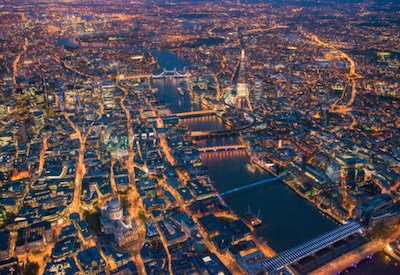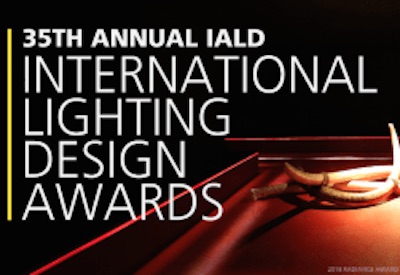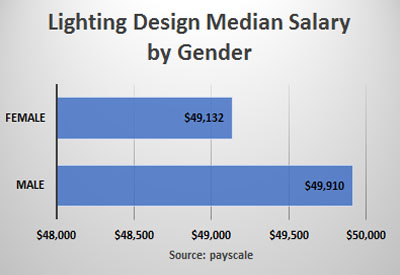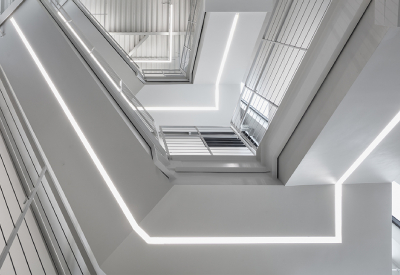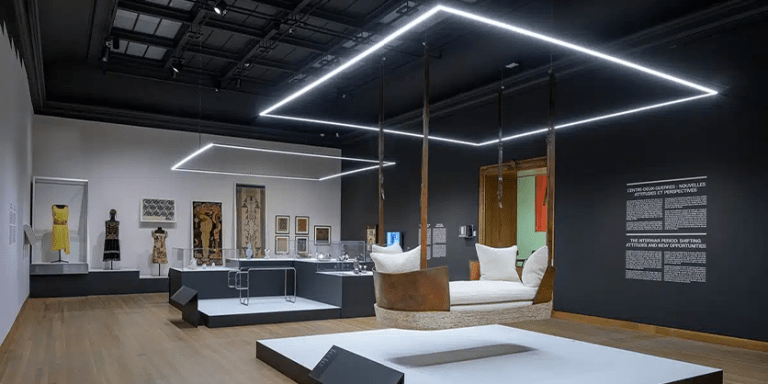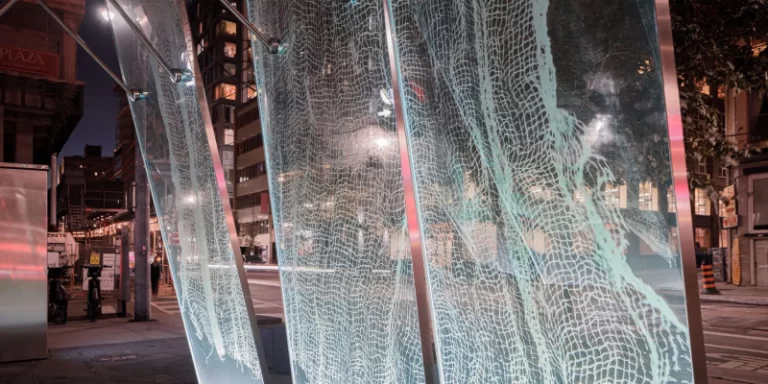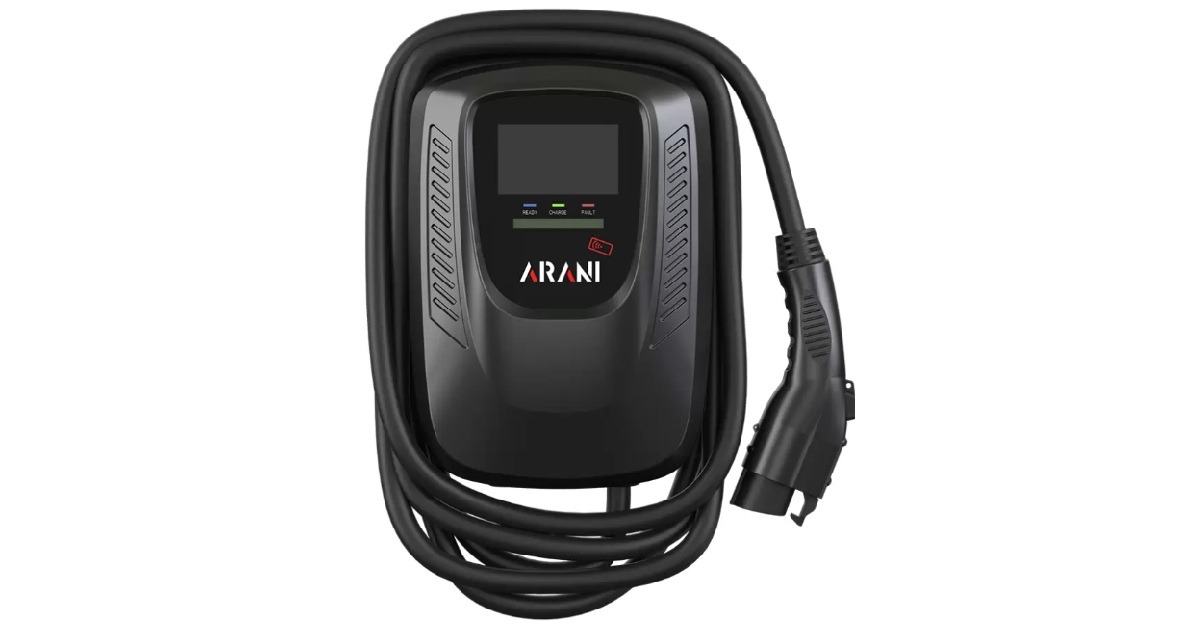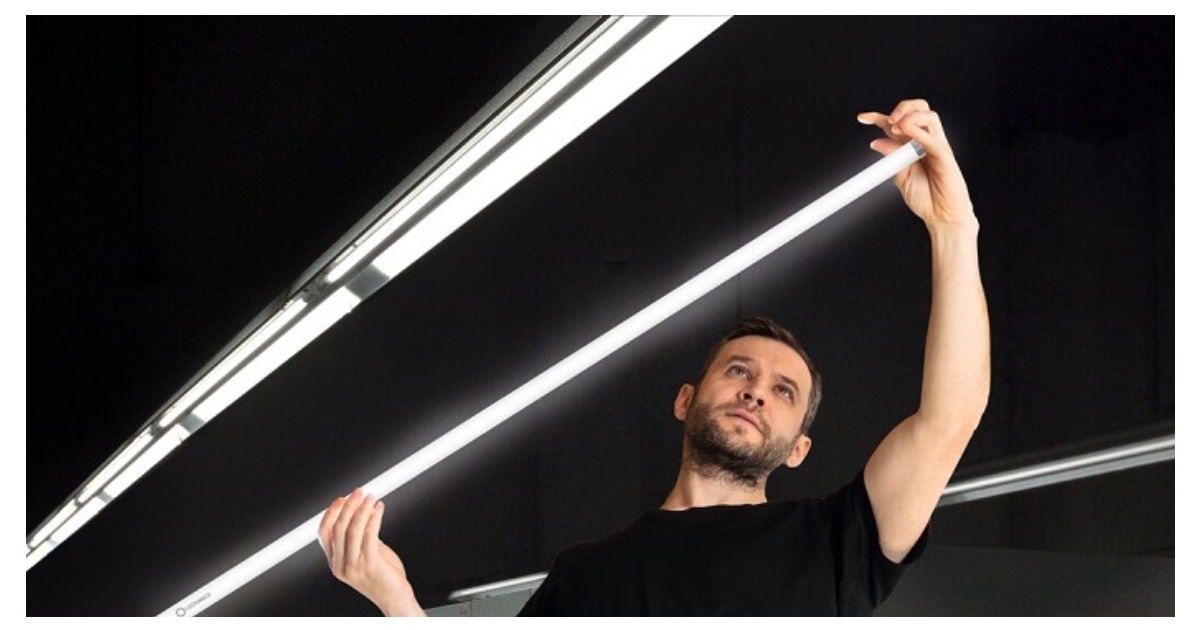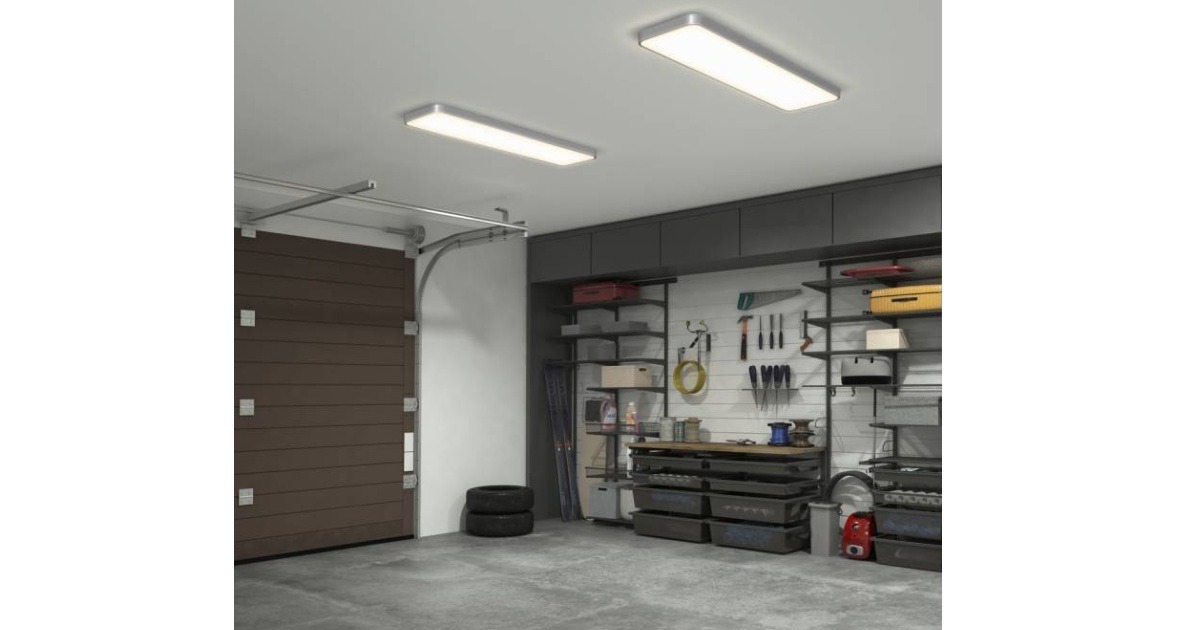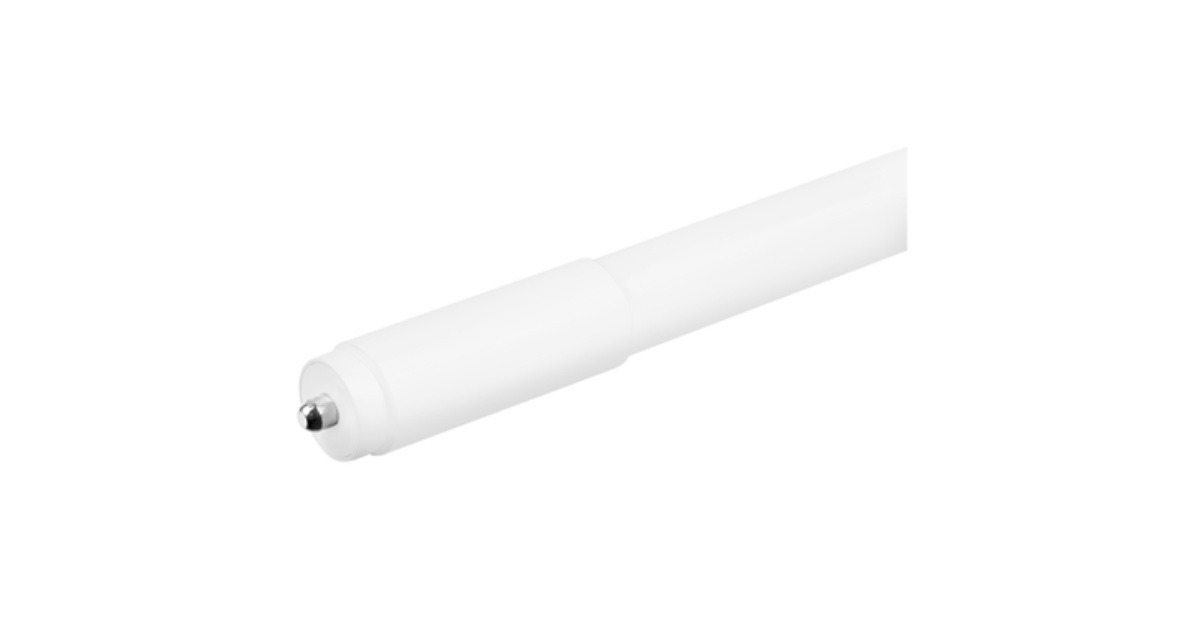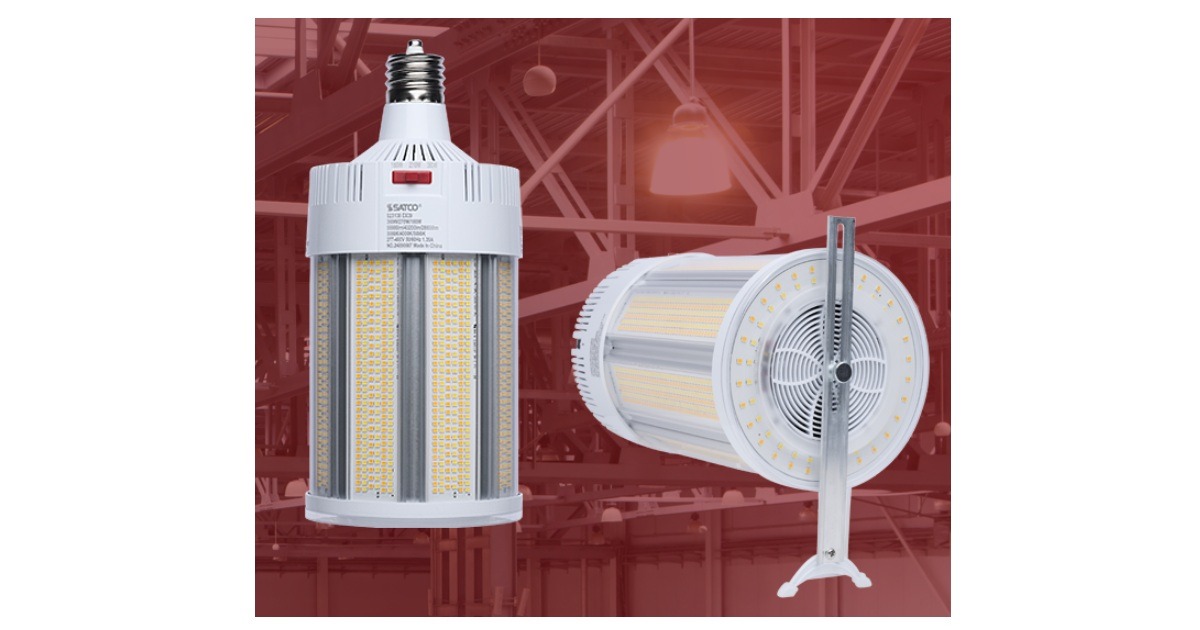The Convergent Future of Lighting: Guangzhou International Lighting Exhibition

By Venkat Venkataramanan
Guangzhou in China saw one of the largest lighting trade fairs in the history with about 2,400 exhibitors and 150,000 visitors estimated during 9-12 June 2017. Now in its 22nd edition, Guangzhou International Lighting Exhibition (GILE) has emerged as one of the most influential lighting events in the world. Themed ‘THINKLIGHT: Our Convergent Future’, GILE 2017 explored the totality of lighting that has expanded the scope of illumination in the LED era, beyond the basic on/off and dimming functions. The industry is witnessing the convergence of different sectors and elements that revolve around human well-being in which lighting takes a lead role, fueled by the leapfrogging technological advances.
The GILE 2017 saw participation mostly from China, but also from various developed and emerging countries worldwide as well. India, Taiwan, Korea, USA, Germany, and Thailand were the largest among visitors from more than 140 countries, according to the organizers Messe Frankfurt. I did see visitors from one Canadian company. Walking 17 exhibition halls that spread over 180,000 square metres over 3 days was an insurmountable task for me. Inevitably, I had to make the choices to skip some.
The categories of exhibits included LED components and packaging materials; drivers and driver ICs; packages, chips, modules, and light engines; inspection, testing, and manufacturing equipment; Lighting applications, accessories, and electronic components besides a large segment of indoor, outdoor, area and roadway lighting. Chip-scale-packing technology is the talk among the core component manufacturers. Controls and usability were pervading as a universal theme across all the halls with everyone touting how their product either enables or interplays with digital controls that afford energy saving and user comfort. The test and measurement manufacturers are paying more attention to quantifying lighting quality, including new colour metrics and flicker.
Of special interest was a significant focus on building automation. Many companies are now developing a comprehensive array of controls that interact and provide greater comfort while ensuring energy savings. For example, garage door openers, digital door locks, infrared motion sensors, window curtain controls, lighting dimmers, and integrated media controls can play together to sense your arrival, open the door for you, raise the curtain to optimum level with further adjustment of artificial lighting by dimmers, and auto play the last song you listened to before you parked your car – all without any need to press even a single button. The convergence is here and now.
An equivalent convergence happens outside the buildings as well. Many smart streetlight manufacturers were showcasing their products that enable traffic monitoring and routing, security, parking availability, temperature, humidity and flood monitoring through sensor integration and city-wide networking. While there are no products in Visible Light Communications (VLC, or LiFi), everyone was talking about the imminent arrival of the technology that can provide answers to the increased bandwidth requirement for aggregating big data generated by these sensors.
While multitudes of these technologies are converging, the core lighting technology now finds diverse application beyond illumination. Many products were seen for horticultural lighting, aquaculture, signage, and displays. A giant LED display was competing for brightness with the brilliant sunlight just outside the exhibition building that drew everyone’s attention as they approached the show.
An auditorium adjacent to the exhibition halls was abuzz with talks by industry and academic leaders, some of the themes explored include embedded lighting with architectural systems, high-quality museum lighting, and Light Quality and Emotive Influence.
Dr. Venkat Venkataramanan is the Director, Scientific Operations at the Impact Centre, University of Toronto where he leads the photometry and LED applications lab. He is also the founder and director of the Smart Sustainable Lighting Network and founder of Lumentra Inc.

